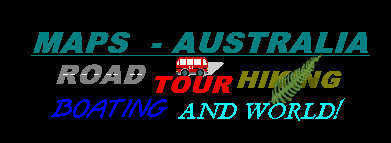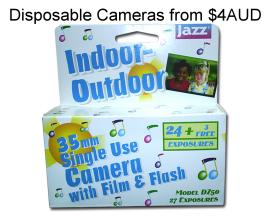TELESCOPES
7
A CLOSER LOOK AT REFLECTORS
Newtonian Reflectors
Cont'd.

for schools


Contact Us - telescopes@adam.com.au
Australian Residents Please Call (08) 8381 3188
International Residents Please Call 61+ 8 8381 3188
Australian Fax Orders (08) 8381 3588
International Fax Orders 61+ 8 8381 3588


